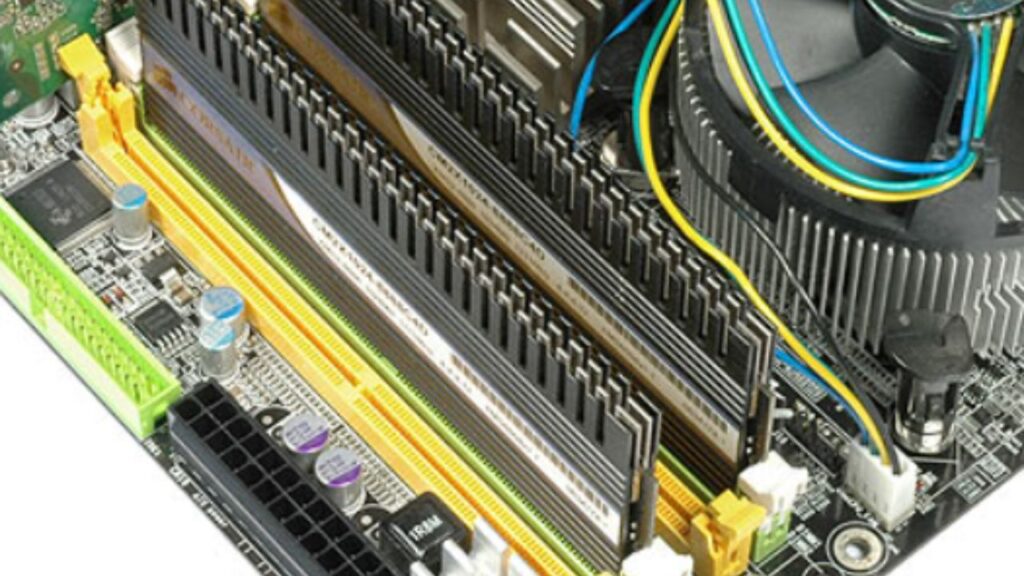RAM (Random Access Memory) is like the brain of your computer. It helps your computer run smoothly by temporarily storing data that your CPU (Central Processing Unit) needs to perform tasks. Here, we will do Computer RAM problems and solutions. But how to fix basic RAM problems?
However, just like any part of your computer, RAM can sometimes run into problems. Don’t worry; we’re here to help!
In this article, we’ll walk you through the steps to fix basic RAM problems and get your computer back on track.
How to Fix Basic RAM Problems in Laptop
Most of us occasionally deal with computer system issues. Most of these problems are related to chip-set failure, though occasionally, computer memory problems may also be to blame.
The common things include the memory needing to be seated properly, an outlet being bad, or the slot needing cleaning.
Or you have the wrong part for your computer system or need to properly follow the configuration policies.
Below are some fundamental services to deal with faulty RAM or related issues.
1. Check for Loose Connections
One of the most common reasons for RAM issues is loose connections. Over time, RAM sticks can become slightly dislodged from their slots due to vibrations or bumps.
Here’s what you can do:
- Turn off your computer and unplug it from the power source.
- Open your computer’s case (if it’s a desktop).
- Locate your RAM sticks. They are usually long, rectangular modules plugged into the motherboard.
- Press down on each RAM stick to ensure it’s properly seated in its slot.
- Close your computer’s case, plug it back in, and turn it on.
2. Test Each RAM Stick Individually
Sometimes, only one of your RAM sticks may be causing problems.
To identify the faulty stick:
- Could you turn off your computer and unplug it?
- If you have multiple RAM sticks, remove all but one.
- Turn your computer back on and see if the problem persists.
- Repeat this process, testing each RAM stick individually.
- If you find that one of the sticks causes issues, it may be defective and should be replaced.
3. Use the Windows Memory Diagnostic Tool
Windows has a built-in tool to help you diagnose and fix RAM problems:
- Press the Windows key and type “Windows Memory Diagnostic.” Click on the app that appears.
- Choose “Restart now and check for problems.” Your computer will restart and perform a memory check.
- Once it’s done, Windows will display the results. If any issues are found, follow the recommended steps to fix them.
4. Update Your RAM Drivers
Outdated or incompatible RAM drivers can lead to problems.
To update them:
- Right click on the “Start” button and select “Device Manager.”
- Expand the “Memory technology devices” section.
- Right-click on your RAM device and select “Update driver.”
- Follow the on-screen instructions to update the driver.
5. Scan for Malware
Malware can interfere with your computer’s performance, including RAM.
Run a full system scan using a reliable antivirus program to ensure your computer is clean.
6. Check for Overheating
Overheating can cause RAM problems. Ensure your computer has proper ventilation and isn’t overheating. Clean out dust from fans and heat sinks regularly.
Conclusion:
Fixing basic RAM problems doesn’t have to be daunting. Following these steps, you can troubleshoot and resolve common RAM issues independently.
Remember, if you need more clarification or are uncomfortable with any step, it’s always a good idea to seek help from a knowledgeable friend or a professional technician.
Keeping your computer’s RAM in good shape will help ensure it continues to run smoothly and efficiently. Comment here.
Also Read: How Long Does RAM Last in a Laptop: RAM Memory Life

